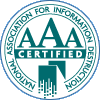Revised – March 8, 2024

Crooks are hard at work trying to separate you from your money. The proliferation of identity theft, phishing, data breaches, and more have pushed this kind of criminal activity to an all-time high.
However, one old scheme is also very much alive, and thieves are still using it with alarming regularity.
This oldie but baddie scheme is called “check washing.”
In this article we will take a look at this age-old scheme and we will also update you on some new technological developments in countering check washing fraud.
What is check washing fraud?
In short, thieves will steal a check that’s already been made out to someone and, using simple chemicals, literally wash the name off the check and insert their name into the “pay to” line. Nail polish remover (acetone) and rubbing alcohol (isopropanol) can pull the most common inks away from paper in minutes.
Thieves start by placing a low adhesive protective seal over the signature line. The check is dipped into a pan with a solvent, and once the ink from the check has dissolved completely, the check is hung up to air dry. The result is a clean blank check the con artist can fill in any way they want.
The market for stolen checks sold online has become more widespread and sophisticated as criminals are making a tidy profit by selling “glass” to forgers who are doing the dirty work using state-of-the-art means to defeat security measures by financial institutions.
Of course, the ancillary problem is that thieves aren’t only stealing checks but mail of every kind, which can lead to more significant identity theft crimes or disrupt the delivery of essential and time-sensitive mail to millions of people.
The problem appears to have worsened during the pandemic when the nation was flooded with stimulus checks and unemployment benefit checks, which are tailor-made for fraudsters.
Believe it or not, stolen check transactions take place mainly on the social media app Telegram, and there are even how-to videos on check-washing on YouTube. The most active stolen check locales in the U.S. are California, New York, New Jersey, and Florida, but illicit activities take place all over the nation and throughout the world.
The type of information also being sold with stolen checks has grown considerably. Bad actors now routinely sell the check writer’s Social Security number and account balances stolen from the dark web.
9 Things You Can Do To Avoid Becoming A Check Washing Victim
- When you write a check, use a black ink gel pen. These are cheap deterrents because checks written in indelible ink can’t be washed. Gel ink resists chemical stripping and contains pigments that permeate the fibers of the check itself. The ink in a standard blue ballpoint pen is easily removed with acetone.
- Deposit your outgoing mail inside a post office location or deposit it in an outside blue collection box. We recommend not leaving your outgoing mail unattended and attached to your home’s mailbox. That red flag you pop to the “up” position for your mail carrier is also a red flag for thieves. Also, never leave your mail in your home mailbox overnight.
- If you work in an office, consider bringing your outgoing mail to your office for a more secure chain of custody.
- When you go on vacation, have your mail held at your post office until you return. Or make sure your mail is picked up daily by a trusted friend or neighbor.
- When you order checks, pick them up directly from your local bank branch instead of having new blanks mailed to you.
- Consider buying checks containing anti-fraud elements such as electronic inks, hidden watermarks, or microprinted lines that cannot be photocopied or scanned clearly.
- Call authorities immediately if you see suspicious activity that looks like mail theft may be taking place. Mail theft is a federal crime and can result in harsh penalties for those who are caught.
- Shred or burn canceled checks. If you need to save them, put canceled checks in a secured area, such as a bank lockbox or a wall safe. Don’t throw them in the trash.
- Check bank statements immediately after you receive them. If you fail to report check fraud within 30 days of receiving your monthly statement, your bank does not have to reimburse your loss.
The problem has grown so severe that many local and federal authorities have formed task forces around the country, with agents from the Postal Inspection Service, U.S. attorney’s office, local police forgery units, FBI, and Secret Service.
Banks have also staffed up in check processing and are dedicating a lot more resources, including sophisticated AI technology, to identify washed checks and other identity theft issues.
While these are welcome advancements, the bottom line is that you’re the one who will lose in this type of scam, so it’s up to you to take as many steps as you can to avoid becoming a checking washing victim.
Once again, technology is doing its best to keep up with criminals
Recent developments in technology and countermeasures offer renewed hope in the first against this scam.
Enhanced Ink Technology. This technological advance is significant. Ink manufacturers have devised new formulas that offer greater resistance to chemical stripping. These modern inks deter traditional washing techniques and incorporate features like rapid absorption into paper fibers, making alterations virtually impossible without detection.
Blockchain Verification. Used mostly by financial institutions, this is a promising avenue to combat check washing. By leveraging blockchain’s immutable ledger system, banks can securely record and verify check transactions in real time. This added layer of security enhances fraud detection and enables swift action to prevent unauthorized alterations or forgeries.
Artificial Intelligence (AI)-Powered Detection Systems. These systems are capable of analyzing vast amounts of transaction data for banks in real time. They employ machine learning algorithms to identify suspicious patterns, detect anomalies and flag potentially fraudulent activities.
Secure Check Printing Solutions. Manufacturers now offer checks embedded with advanced security features, including holographic watermarks, microprinted lines and encrypted electronic inks, rendering checks virtually impossible to replicate or alter with detection.
Collaborative Law Enforcement. Local and federal organizations are pooling resources and expertise so agencies such as the Postal Inspection Service, FBI, Secret Service and others can more effectively investigate and prosecute perpetrators.
As the landscape of financial crime evolves, so must our strategies for prevention and detection. However, the rubber really meets the road in our own homes and offices, where we can take active steps to thwart this ongoing threat.
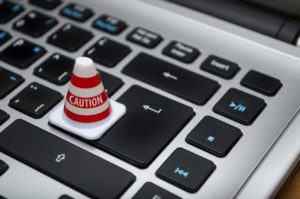 What Type of Scams Should You Guard Against? Part 1: Business Case Studies
What Type of Scams Should You Guard Against? Part 1: Business Case Studies 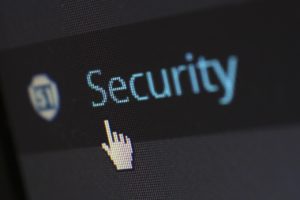 Guard Against These Consumer Scams
Guard Against These Consumer Scams 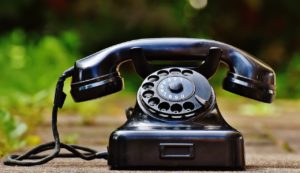 Guarding Against Phone Scams
Guarding Against Phone Scams 